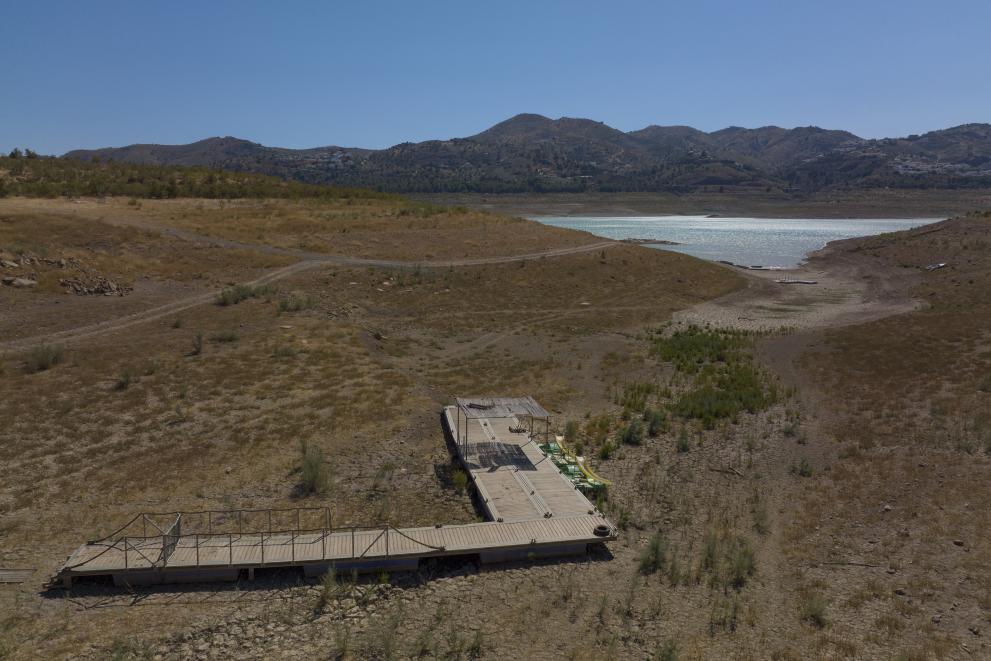
New forecasting and foresight tools have been published by the Commission to enhance the EU’s preparedness to combat droughts and water scarcity. The two tools, the European Drought Impacts Database and the European Drought Risk Atlas, are available to the public as part of the Risk Assessment on water scarcity and droughts of the European Drought Observatory.
The European Drought Impacts database includes a compilation of data on the impact of droughts between 1977 and 2022. The Drought Risk Atlas uses machine learning to simulate the impact that an increase of temperature of +1.5, 2 and 3 Degrees Celsius can have in the future. Developed by scientists at the Commission’s Joint Research Centre, the projections show in which regions of the European Union water will become scarcer than elsewhere and which economic sectors and subsectors will be most affected.
Droughts to become “new normal” in some areas
Projections suggest that droughts will occur significantly more often than in the past. Climate change directly impacts the frequency and intensity of precipitation. Water scarcity may significantly increase in particular in the Mediterranean and in Eastern Europe. Sectors and regions are differently affected. Due to increasing drought risk, the yields of certain crops may significantly drop especially in Southern and in part also Western Europe, while remaining more sustainable in more Northern part of Europe. On the other hand, the projections suggest that public water supply including drinking water supplies could also come under pressure in Nordic countries like Sweden and Finland. In the energy sector, lower water levels in rivers can make it more difficult to cool nuclear power plants in France, while drought risks for inland navigation may remain significantly high in Germany and increase in the Danube region
Natural ecosystems will suffer
Water scarcity and droughts will have a negative impact on nature. Projections suggest that the health of both aquatic and terrestrial ecosystems will be affected by the lack of precipitation. The Copernicus European Drought Observatory is hosted by the Joint Research Centre and contributes to EU action to improve resilience and adapt to drought.
To make Europe water resilient, we first need to better understand drought risks. Forewarned is forearmed, and these new tools do just that. The reasons for water scarcity are, however, often man-made. We all must act to stop illegal abstractions of groundwater, reduce the pollution of rivers and increase water efficiency.
Commissioner for Environment, Oceans and Fisheries, Virginijus Sinkevičius
Droughts affect all EU regions, with a huge impact on human life, our ecosystems, farming, jobs and transport. Mapping drought risk helps identify vulnerable areas, and anticipate and understand droughts. The Commission Joint Research Centre plays a major role in protecting citizens and our environment, thanks to the scientific and analytical work it continuously provides.
Commissioner for Innovation, Research, Culture, Education and Youth, Iliana Ivanova
More information
Webpage on water scarcity and droughts
European Drought Observatory for Resilience and Adaptation (EDORA)
Details
- Publication date
- 11 October 2023
- Author
- Directorate-General for Environment

